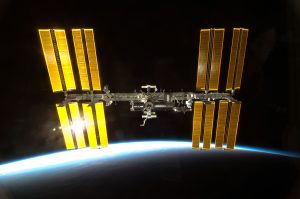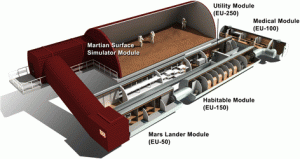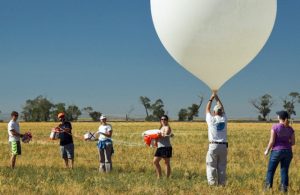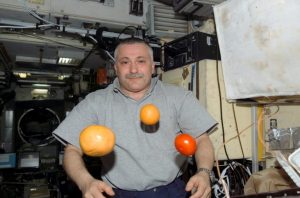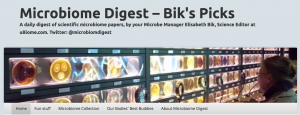(h/t to Mark Martin for posting about this on Twitter) A break from COVID-19… Microbes in Spaaaaaaaaaace. (it never gets old). This article entitled “Crewmember microbiome may influence microbial composition of ISS habitable surfaces” is a much needed addition to the literature on the ISS microbiome. Work from our lab an others has examined the …
Just posting some Tweets here … I really recommend people check out this paper. There is a new paper from @rblauste @ericamhartmann et al. that is a must read on microbes on the space station – see PR here https://t.co/Wi2vIUVTT5 from @NorthwesternU and paper here from @mSystemsJ https://t.co/cpD926urKD 1/n — Jonathan Eisen (@phylogenomics) January 9, …
Really exciting sounding postdoc opportunity with Parag Vaishampayan at JPL, “Metagenomics approach for genetic inventory of microbes to identify, document, and archive broadest spectrum of potential terrestrial contaminants during the spacecraft assembly process“. Plus I have to say that is the coolest looking recruitment banner that I’ve ever seen in my life. Job posting here. …
So a number of years ago our lab embarked on Project MERCCURI (let’s not talk about the tortured acronym). This complex and citizen science-based collaboration (website here) has been a fascinating journey. It’s ranged from getting to watch a rocket launch in Florida, to discovering/describing a new bacterial species, to our most recent publication… the …
Betsy Pugel speaks about tiny houses: planetary protection-focused materials selection for spaceflight hardware surfaces. This was recorded at the MoBE 2017 symposium in Washington D.C. If you’re interested, check out all of the other speakers from MoBE 2017 on our YouTube channel!
Human exploration of planet Mars has a long history with number of robotic missions surveying the Martian surface and environment, including the Viking program (1975), the Mars Exploration Rover Mission (2003), the Phoenix lander (2008), and the Mars Science Laboratory (2012). For the future human space exploration, crewed Mars mission is considered as one of …
When I first saw the headline on this I groaned a little, thinking this was some completely bogus type of project. But actually, upon reading about it in more detail it sounds like a really good public engagement project involving the eclipse, students, space, and microbes. The article: Most-watched eclipse in history could answer the …
Microbes in space have been of interest to the folks at various space agencies for as long as we’ve been sending people into space. Rampant mold growth on the Russian Space Station Mir was probably one of the reasons for the decision to “deorbit” the station (a fancy way of describing crashing into the ocean). …
Microbes indoors DNA metabarcoding to assess indoor fungal communities: Electrostatic dust collectors and Illumina sequencing – Steffi Rocchi – Journal of Microbiological Methods ($39.95) Our study aimed to evaluate metabarcoding and bioinformatic analysis resulting from calibrated samples and samples collected by an electrostatic dust collector (EDC) in dwellings with no moisture problems. Thus, the fungal communities of …
The disease-causing organisms Burkholderia multivorans, B. cepacia, genomovars of the B. cepacia complex (BCC), as well as an unclassified species of Burkholderia, and its relatives Ralstonia pickettii and R. insidiosa account for 60% of the bacterial isolates obtained from the filtrated water system on board the International Space Station (ISS). Members of these genera can …


